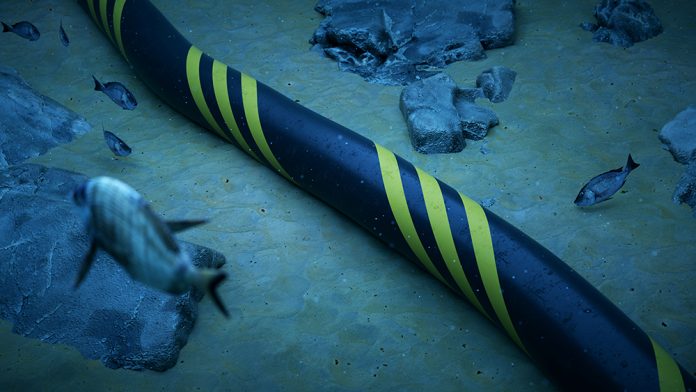The world’s longest under-sea electricity cable was switched on in early October, allowing the Norway and UK to share renewable energy.
The North Sea Link stretches 450 miles (725km) from Blyth in Northumberland to the village of Kvilldal, in Norway. Its current maximum capacity of 700 megawatts (MW) will gradually increase to full 1400 MW capacity of 1400 by the end of the year.
According to the National Grid, the Link can import enough hydro-power to supply 1.4million homes, helping to reduce the UK’s carbon emissions by 23 million tonnes by 2030,
National Grid Ventures president Cordi O’Hara said the Link was a “remarkable feat of engineering”. She added: “We had to go through mountains, fjords and across the North Sea to make this happen. But as we look forward to COP26, North Sea Link (NSL) is also a great example of two countries working together to maximise their renewable energy resources for mutual benefit.”
National Grid has four other power cables running to Belgium, France and the Netherlands; it’s anticipated that 90% of energy imported in this way will be from zero carbon sources by 2030.
Hydropower in Norway and wind power in the UK are subject to weather conditions and fluctuations in demand. When wind generation is high in the UK but demand is low, extra renewable power will be exported to Norway. When demand is high in the UK but wind generation is low, hydropower will be imported from Norway.
The Link took six years to build at a cost of £1.6 billion.



